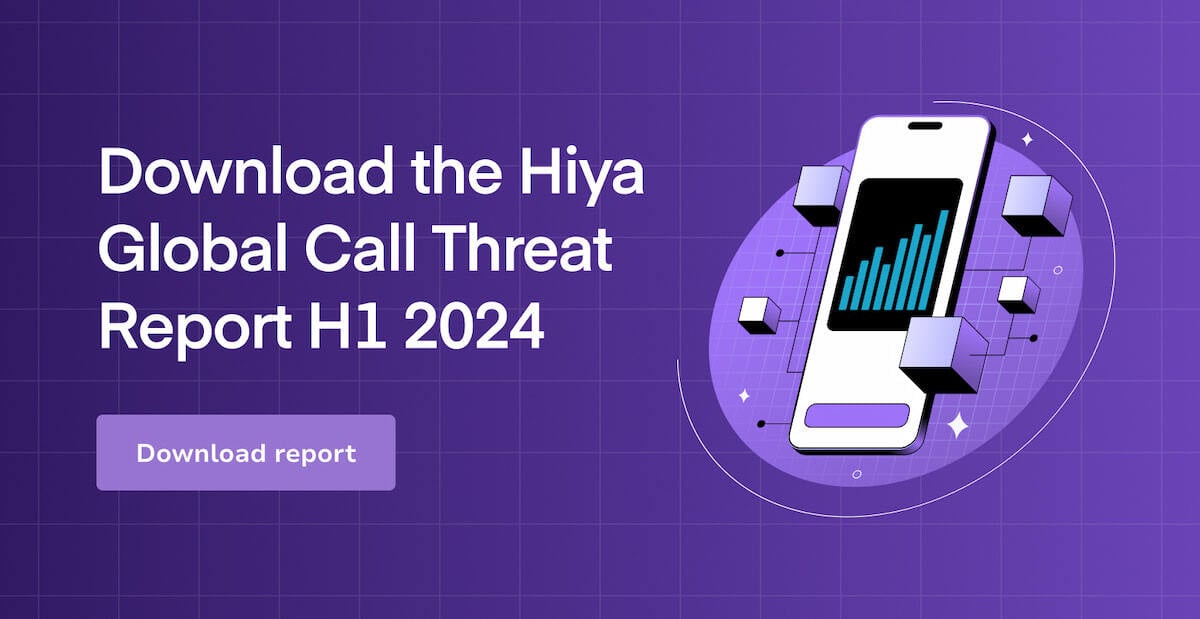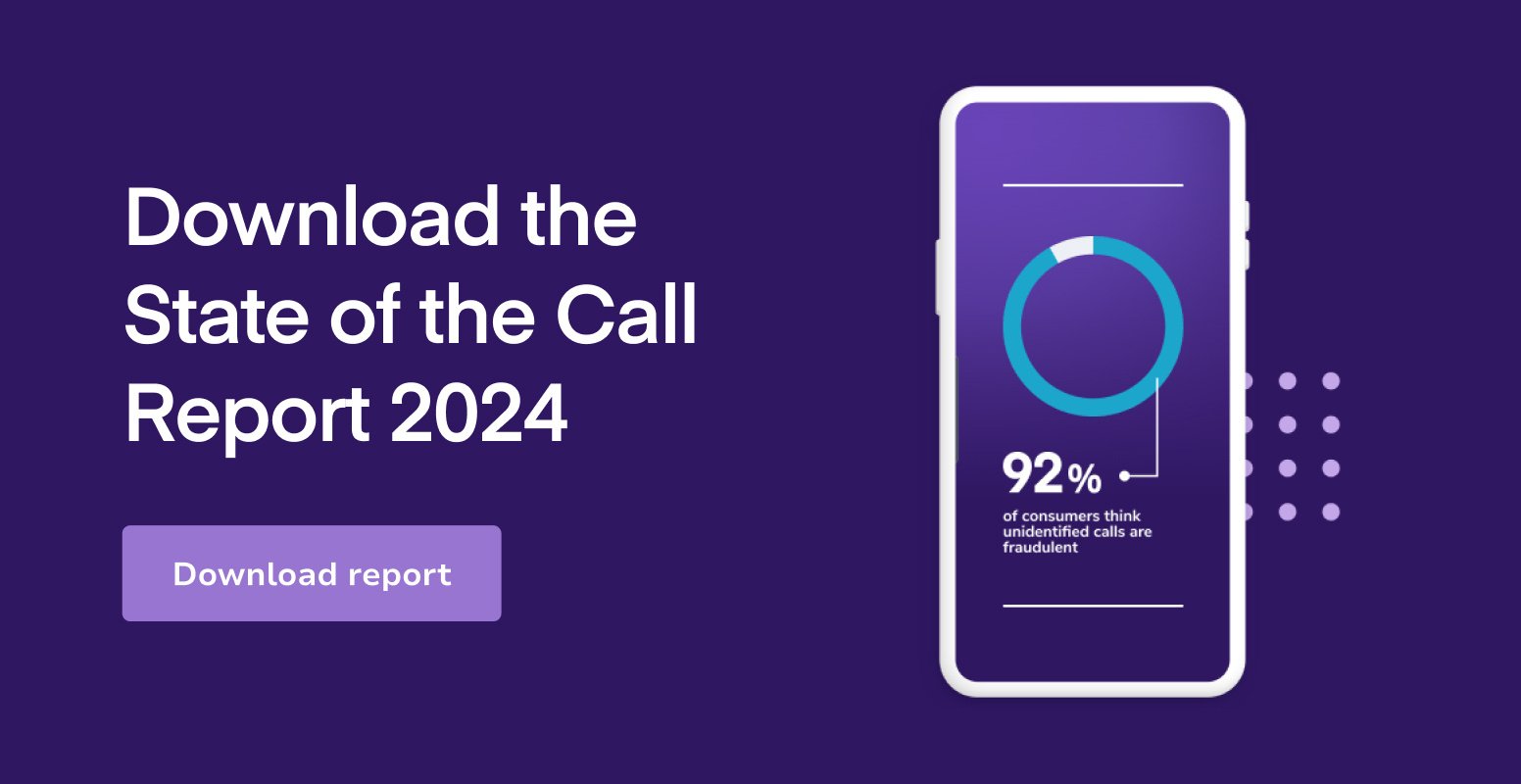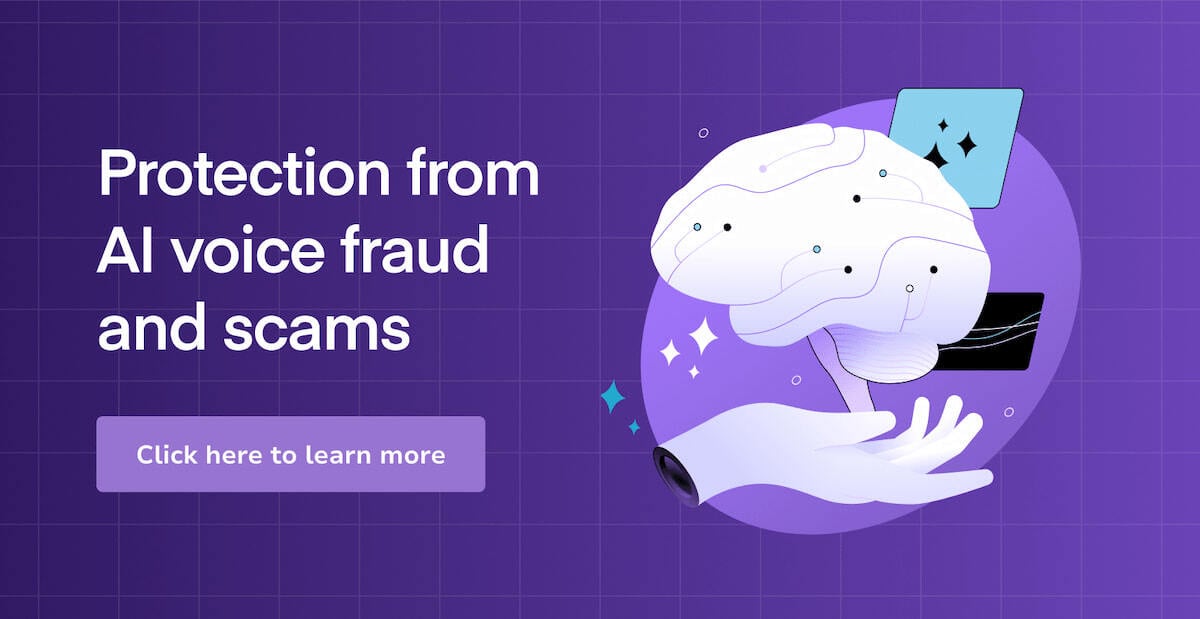
If your phone rings with an unknown number, how likely are you to answer it? If you’re like most Americans, the percentage chance of answering an unknown number is in the single digits. So if you’re working at, or managing an outbound call center that relies on your agents activating prospects without previous engagement, you will need to master the art of the cold call.
What Is Cold Calling?
A cold call is an outbound call by an agent to someone without having had any previous interactions and is typically used to sell products and/or services.
B2C Cold Calling
Because of the uptick in scam callers utilizing cold calling, cold calls are often viewed as a nuisance to consumers, who rarely answer unknown calls. In a world where we always have our phones on us, repeated, unexpected, and unsolicited calls can be frustrating and inconvenient. Following the implementation of TCPA and the National Do Not Call Registry in 2003, cold calling consumers is highly regulated—to the point where even legitimate B2C calls can be difficult to execute successfully.
B2B Cold Calling
The National Do Not Call Registry doesn’t apply to businesses, meaning that cold calls to businesses are not as heavily or strictly regulated as B2C cold calls. While connection success rates are similar between B2B calls and B2C calls, businesses tend to do much bigger deals than customers, leading to the return on B2B calls being much higher and frequently worth the resources required.
Cold Calling Tips & Tricks
If you are an outbound call agent, or if you manage a team of outbound agents, here are four tips and tricks that you can use to improve the likelihood of a successful outcome for your calls.
-
Understand Customer Needs
No matter what you’re pitching to a customer, the best way to provide value is to solve a problem; a solution to their problem will always be of far greater value than the product, service, or software itself. With this in mind, recognize that your goal is not necessarily to make a sale, but first to help the customer recognize—and verbalize—that they have a problem. Once that understanding has been established, you can help them recognize how the thing you’re offering could be a solution. It is imperative that you don’t tell them that they have a problem, nor do you tell them that you have the solution. You just understand their needs and help guide them to their own conclusions. In some circumstances, you might say, “we can solve that!” But in others, you might tread more delicately, ask leading questions, and enable the customer to come to their own conclusion; they will trust themselves more than they will trust a stranger.
Because you are trying to build rapport with someone who neither knows or has spoken to you before, you need to be able to talk the talk and walk the walk, do your research, understand the problems and challenges that your customer’s business might be facing, ask them about it. By taking an interest in the hurdles their business faces, you begin to build a foundation of trust that will, in time, allow you to have more direct and consultative conversations.
“I’ve noticed a lot of people in the ____ industry are facing challenges like ____. Is that something you notice in your company?”
Or
“I’ve seen ____ impact some organizations I’ve worked with. Is that something you’re dealing with?”
Take care not to be overly pushy; people are much more open to talking with a peer than a salesman.
-
Understand Who Your Customers Are
Don’t waste time calling people you already know won’t care; if you’re selling software that connects multi-location businesses, don’t call local mom-and-pop shops.
Just as you must understand your customer's needs, understanding when and where people need solutions is the key to getting them to listen to you. Know where the customers are, when they’re there, and what they’re doing. You don’t need to uncover every aspect of their life, but if they’re a CEO of a mid-sized agency, then we can reasonably surmise that during the workday they’re probably at work. Think about the time you call, too: if you call first thing in the morning, they’re probably just getting settled, are working on their first cup of coffee, and won’t appreciate an unexpected call. However, if you call mid-late afternoon on a Thursday, they might be more receptive to a distraction to break up the monotony and help get through the day!
-
Understand What Your Customers Respond To
Understanding what customers respond well to is an integral part of cold calling; you want to use conversational language and topics that will draw them in and encourage them to interact with you, without making them feel like they’re being lectured. Here are a few recommendations:
DON’T open with an overused line
- When/if they answer the phone, be prepared to confidently and quickly explain who you are and why you’re calling. Be interesting right off the bat; stay away from overused phrases or anything that elicits a one-word answer.
- Steer clear of things like “How are you?” and “How’s your day going so far?”. Those are just time wasters. The more conversational you can be with the prospect, the more successful you are likely to be.
DON’T read from a script
- Though you want to be prepared, familiar with your product offering, and familiar with the company you’re talking to, you don’t want to sound like a robot. Especially if they’re expecting a spam caller, customers won’t engage if the conversation feels overly memorized or scripted.
DO have a conversation
- Any cold call should not be a lecture; it should be a conversation. Don’t jump straight into your pitch and talk at them -you want them to be engaged in the problem-solving process along with you. Ask thoughtful questions and build off their answers. Try to split the talking time equally; even though it may not feel like it sometimes, listening sells too - being an engaged listener shows that you are invested and builds trust, don’t just wait for your turn to speak again.
DO be helpful and respectful of their time
- Instead of shoving a product in the customer's face, approach the conversation from a helpful angle. Try to communicate to the customer that you want to help them and show them that you think that your product will do that!
- Be respectful of their time. If they tell you that they have to go, they have a meeting, or it's a bad time, don’t try to squeeze more information in. Be respectful, try to set up another time to talk, and stick to that date and time. You will get much farther from being respectful than you will by being incessant.
DON’T worry about getting to a conversion on this first call
- If you’re playing your cards right, this one call shouldn’t be the only interaction you have. You’re just starting up the business relationship but you’ll want to nourish it over time. The actual call time can be short, but don't be afraid to spread it out over multiple calls or meetings. That said, remember to make each interaction useful and actionable: you don’t want to get on the phone again just to chat. A sample action plan might be:
First Interaction - Schedule a time to talk about product options
Second Interaction - Decide on product, schedule a demo
Third Interaction - Recap the demo and make a sale
- Ensuring that you have a clear goal and a next step for each interaction gives purpose to each step while building trust with the customer and encouraging them through the buyers’ funnel.
-
Reframe Rejection
Be prepared for rejection to be a big part of your job. However, getting rejected doesn’t mean that the call is lost. Rejection isn’t a failure; each one is a learning opportunity and stepping stone on your path to success.
Reframe rejection not as something that was wrong, but as a form of research By gathering all the data you can from rejection: Was that the right person, but the wrong time? Was it the wrong person? Was it the wrong company? Were you trying to solve the wrong problem? Taking the time to find out why your pitch isn’t landing can help you find the right customers that are prepared for the product you’re selling.
NOTE: If you’re a manager, recognizing the impact and importance of rejection is even more important. Consistent rejection can lead to low morale and high turnover that can make outbound cold calling centers a difficult place to work. Create a positive work culture that reframes rejection, and focus on the employee experience to encourage, motivate, and support employees who may need a boost.
Increase Answer Rates With Branded Calls
These tips will help you be more productive and memorable to customers as you work to understand them and meet them where they are. But what if you could automatically increase your answer rates, plus access call insights and data on all the calls you’re making? With Hiya’s Branded Call, customers can see your logo, business name, location, and even the reason for the call on their caller ID. This leads to increases in answer rates and less avoidance of unknown numbers that customers may suspect as spam calls.
Plus, Hiya Connect tracks the impact of your branded call campaigns. Determine which calls have been placed with branded displays and see the performance difference between the two. Access easy-to-read dashboards that help your team keep track of KPIs and insights that will boost your cold-calling efforts.
Ready to learn more about Hiya’s Branded Call? Download the Buyer’s Guide.




